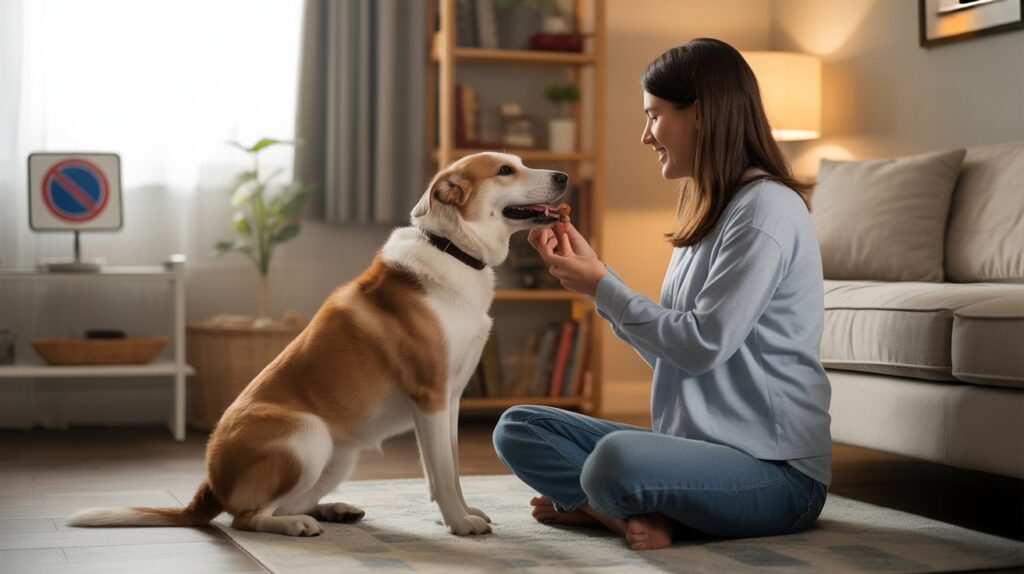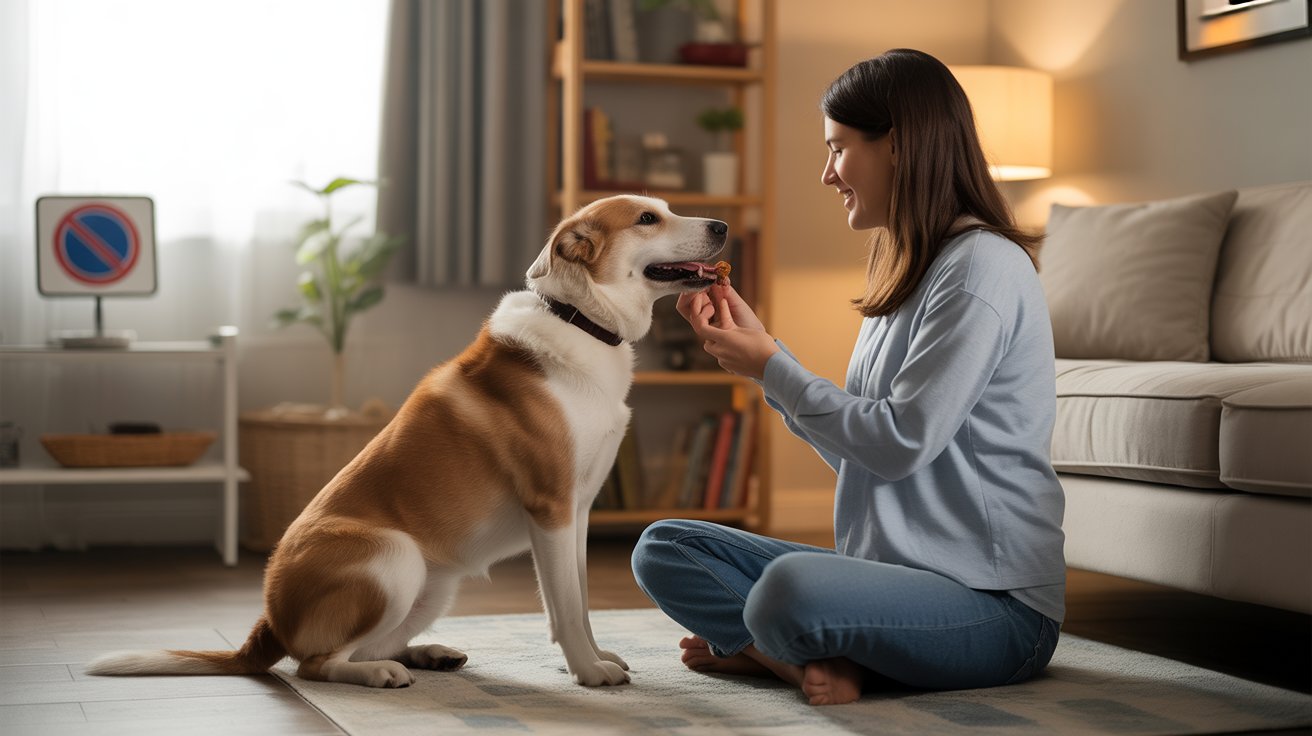Excessive barking can strain the peace at home and disrupt neighbors — but it’s completely manageable with the right approach.
How to stop your dog from barking too much involves understanding the reasons behind the behavior, applying patient training methods, and reinforcing quieter habits consistently.
Why Do Dogs Bark Excessively?

Before correcting the behavior, identifying the root cause is essential. Common triggers include:
1. Protective or Alert Barking
Dogs may bark instinctively at strangers, noises, or sudden movements near home.
2. Boredom or Loneliness
Lack of mental or physical stimulation often results in barking out of frustration.
3. Attention-Seeking Behavior
Some dogs bark because it gets attention—positive or negative.
4. Anxiety or Fear
Triggers such as separation anxiety or fear of noise may cause persistent barking.
5. Excitement or Overstimulation
High-energy breeds often vocalize when overexcited or anticipating activities.
Step-by-Step Strategies to Reduce Barking
Teach the “Quiet” Command
Training “quiet” teaches impulse control and reinforces calm behavior:
- Wait for your dog to bark.
- Firmly say “quiet.”
- When barking stops, reward immediately with praise or treats.
- Repeat consistently.
- Avoid yelling—this often looks like encouragement to bark.
Identify and Remove Triggers
If your dog reacts to outside stimuli:
- Close windows or curtains to block view.
- Use sound machines to muffle noise.
- Keep your dog away from doorways or windows when neighbors or traffic pass by.
Provide Mental and Physical Stimulation
A dog with energy and no outlet may bark out of sheer boredom.
- Offer daily exercise—walks, playtime, fetch.
- Use puzzle feeders and toys that challenge them mentally.
- Train new commands or tricks to enrich their mind.
Desensitize Trigger Sounds or Situations
If specific noises (doorbell, car horn) trigger barking:
- Play the sound at low volume.
- Reward calm behavior repeatedly.
- Gradually increase the sound level over time as your dog becomes more comfortable.
Use Positive Reinforcement — Not Punishment
Harsh methods like yelling or shock collars can increase stress and worsen barking. Instead:
- Reward quiet behavior with praise, treats, or time together.
- Ignore barking when it starts—only give attention when your dog is quiet.
Humanely-Approved Anti-Bark Tools (When Needed)
If training isn’t enough, you may consider vet-recommended tools such as:
- Ultrasonic bark deterrents
- Calming pheromone diffusers
- Anxiety-wrapping garments like the ThunderShirt
These should always be combined with training and never used as a primary method.
Real-Life Consistency Makes the Difference
- Reward quiet behavior promptly—delay reduces effectiveness.
- Ensure everyone in the household uses the same cues and rewards.
- Keep training sessions short and regular to reinforce consistency without frustration.
FAQs: How to Stop Your Dog from Barking Too Much
Q1: How long does it take to reduce barking?
Results can emerge within a few weeks with consistent, positive training methods—though results vary by breed and root cause.
Q2: Are some breeds more prone to excessive barking?
Yes. Terriers, Beagles, and other alert-oriented breeds often bark more, while Greyhounds and Basenjis typically are quieter.
Q3: Is it okay to use a bark collar?
No. Shock or citronella collars often create fear and stress. Positive reinforcement is far more effective and ethical.
Q4: Can anxiety be the cause of barking?
Yes. Dogs with separation or noise anxiety may bark persistently. Desensitization and environmental enrichment can help.
Final Thoughts
Learning how to stop your dog from barking too much isn’t about silencing your pet—it’s about teaching better communication and calmer behavior. By identifying the cause, using gentle training techniques, and reinforcing quiet behavior, you can foster a more peaceful bond with your dog—and keep your furry friend and neighbors happy.

Leave a Reply